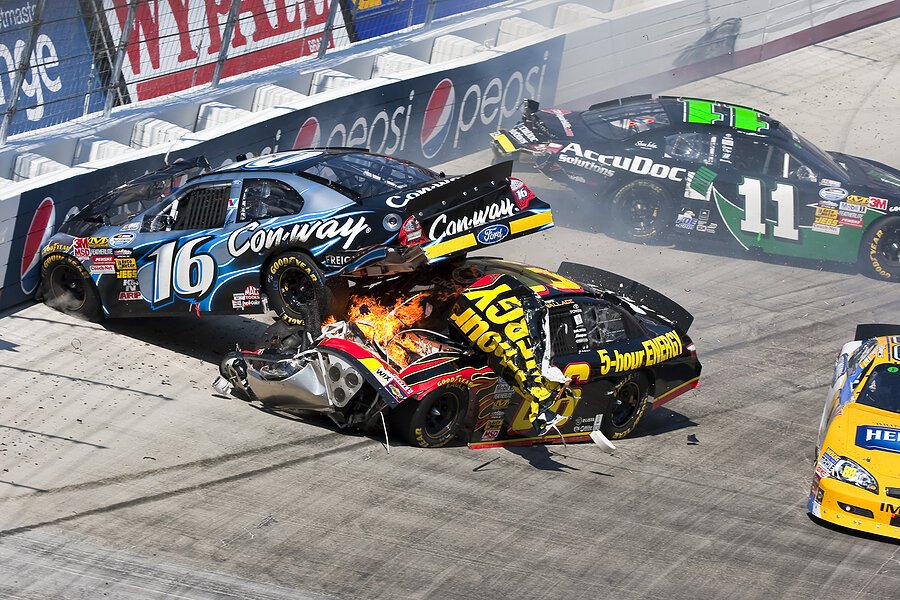The idea of suspended animation appeals to the hidden sci-fi geek in all of us. It provokes visions of human beings floating in fluid-filled tubes for indefinite periods of time as they travel across the endless expanse of space. Indeed, space agencies have long touted suspended animation as a means of facilitating interstellar travel, with a mission to nearby Mars likely to take 7 months one-way, not to mention the further reaches of our solar system and beyond.
In the medical field, suspended animation can be defined as the temporary slowing or stopping of biological function so that physiological capabilities are preserved. The aim is to preserve cardiac and brain function to allow for subsequent surgery following exsanguination-induced cardiac arrest followed by delayed resuscitation. The theory of suspended animation (in particular that which is induced by hypothermia) is nothing new. It was Dominique Jean Larrey, a pioneer of battlefield medicine and surgeon to Napoleon’s army who observed that injured soldiers who stayed close the fire died before those who stayed hypothermic. Most prehospital trauma deaths occur due to catastrophic haemorrhage, and even with prompt patient transfer to the hospital, the time taken to identify and repair the source of bleeding and restore normal circulation in normothermic patient results in significant and irreversible metabolic derangement which patients never come back from. Rapidly slowing down metabolic activity on the other hand, gives more time for preservation of the organs and damage control surgery. The most extensively investigated approach to achieving a period of metabolic arrest has been through the use of therapeutic hypothermia. This strategy, involves rapid cooling to a core temperature of 10°C by infusion of ice-cold saline. Currently a team from the University of Maryland are in Phase 2 of the only prospective clinical trial of what they prefer to call Emergency Preservation and Resuscitation whereby eligible patients who have arrested from penetrating trauma exsanguination are rapidly cooled, have surgical control of bleeding performed and are then rewarmed with full cardiopulmonary bypass. Results remain a closely guarded secret with the study due to complete in December 2022.
So, if we are able to effectively freeze humans at the point of extremis, fix them in a relatively calm and controlled manner and then warm them up again, could this unlock the door for robotic surgery to finally make its mark in trauma? Robot-assisted surgery has become a regular sight in many elective operating lists. Its role is well recognised in urological and colorectal surgery, with the increased precision and dexterity lending itself to use in complex procedures in tight spaces i.e. the pelvis. Whilst it may not be best suited to operating on an exsanguinating patient with a belly full of blood, if said patient were to have been placed in a state of suspended animation then suddenly high-precision surgical repair with a robot becomes a possibility. There is no reason why trauma patients should not also benefit from the advantages of robotic surgery which include reduced pain, faster recovery, reduced risk of surgical site infections and minimal additional scarring.
Robots have been tested in the roles of fracture reduction, nerve repair and pelvic stabilisation. Likewise in the field of HPB, major liver and pancreatic resections as well as splenectomies are being routinely performed robotically in some centres, with early studies suggesting equivalent efficacy compared with gold-standard open surgery. As robotics makes their way into more and more operating theatres across multiple surgical specialties, familiarity with the systems and the endless drive towards innovation will inevitably result in them creeping into trauma surgery. Especially if aided by progress in the field of suspended animation.
And with the surgeon being able to control the robot from a remote location, this opens a new world of opportunity for battlefield and austere environment surgery.
Trauma Pod is a self-contained deployable robotic platform capable of performing critical diagnostics and acute life-saving interventions in the field for an injured person who might otherwise die from loss of airway, haemorrhage or other acute injuries, such as tension pneumothorax. It will either operate autonomously or under tele-operative control with researchers claiming it capable of performing vascular shunts and bowel anastomosis. Other capabilities include the ability to obtain an airway, perform haemostasis, manipulate damaged tissues and place monitoring devices. The Trauma Pod will be used when the timely deployment of proper medical personnel is not possible or too risky and the patient cannot be evacuated quickly enough to an appropriate medical facility.
Image taken from Garcia et al Int J Med Robotics Comput Assist Surg 2009; 5: 136–146.
Imagine a Trauma Pod deployed to humanitarian disasters home and abroad, treating a farmer in a field in the middle of nowhere, or treating the casualties of armed conflict anywhere in the world. The patient is rapidly cooled to a point of suspended animation and damage control and/or definitive surgery takes place, all while the patient is in transit to a more suitable care setting.
The future of trauma care is only limited by our imaginations. COVID made us rise to the challenge and fast-track the introduction of new technologies and new ways of working, building on telemedicine ideas that have been circulating for decades. As we enter 2022, we must remain poised to thrown technological solutions at whatever new challenges we face. As always history has a lot to tell us about where we are heading.
Obi Nnajiuba is a British surgical resident with a specialist interest in trauma, acute care, prehospital care, triage, mass casualty events and trauma systems. His postgraduate qualifications include an MSc in Trauma Sciences and membership of the Royal College of Surgeons of England. He is also a registered Motorsport UK physician, providing trackside advanced trauma care to competitors at world famous motor-racing circuits such as Brands Hatch, Goodwood and Silverstone.


















